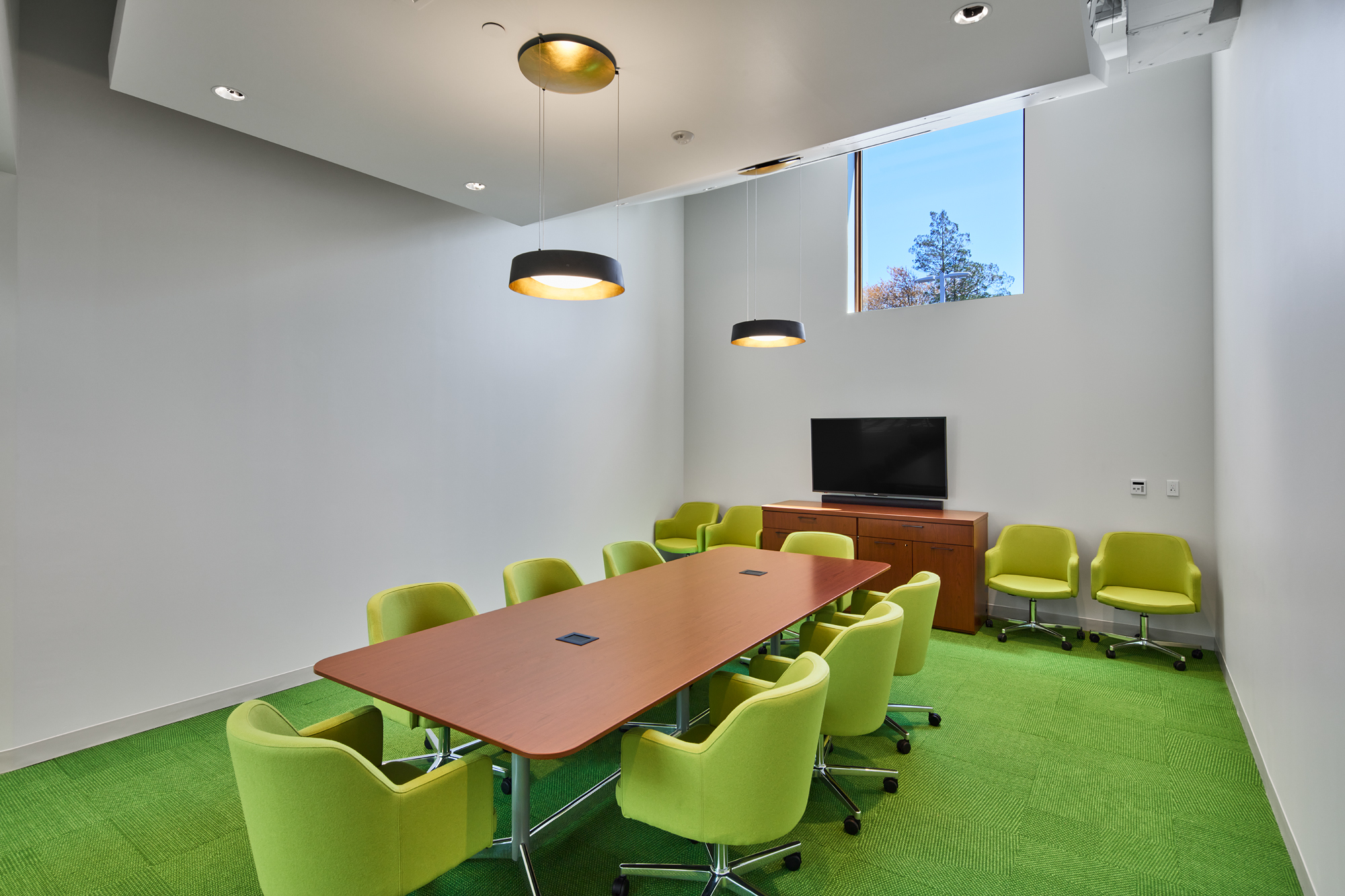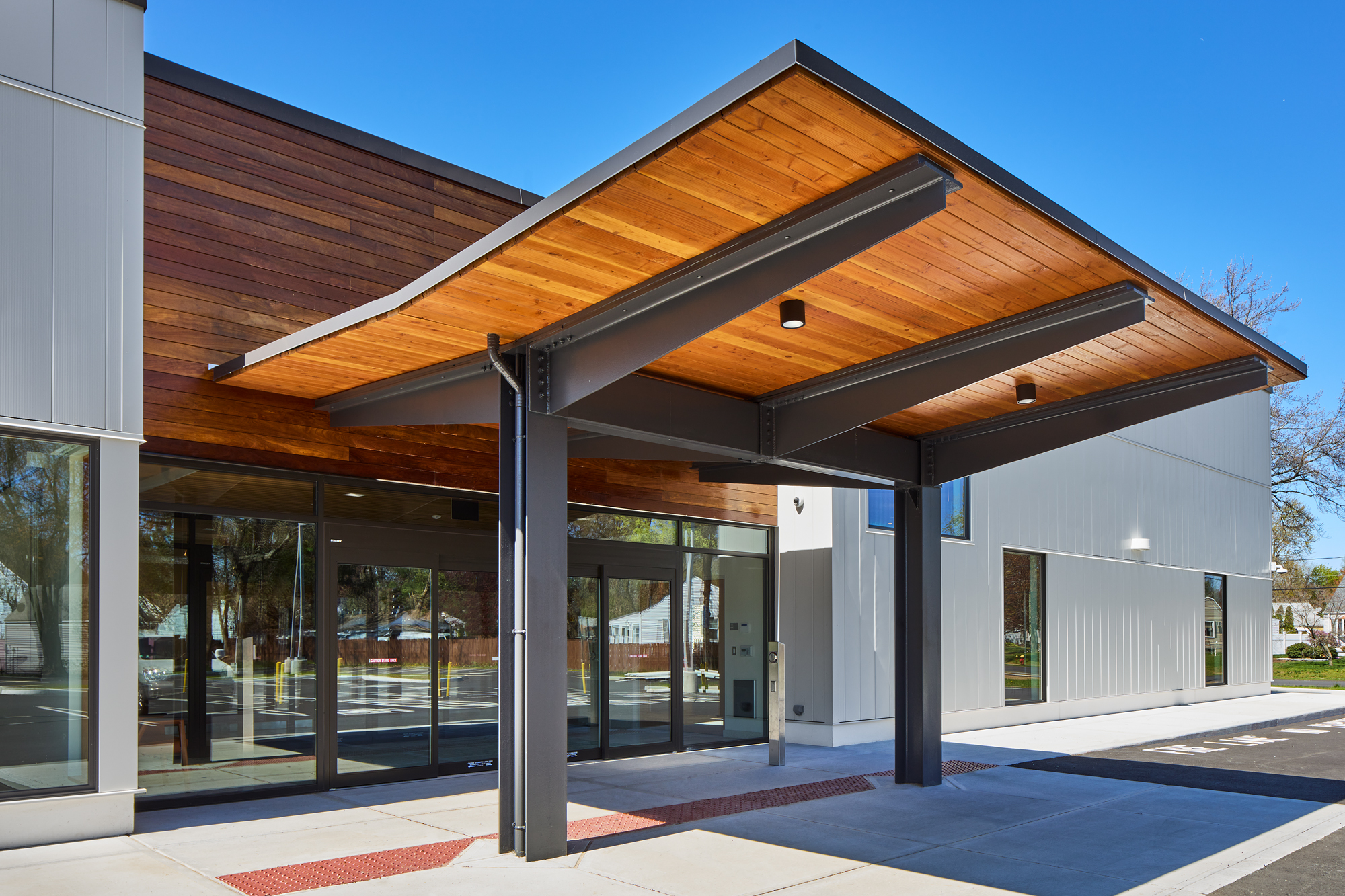


OUR TEN RULES
Ten rules for a successful architectural practice
Every successful architect works hard to listen, partner with clients and deliver projects on time and budget. We are all concerned about our communities and our planet, and strive to show it through our work; otherwise we wouldn’t be here. What defines success beyond these attributes? Vitruvius had his Ten Books. By standing on his shoulders, and those of a few other architectural giants through the ages, CWA has boiled it down to ten rules.
1. Listen
Shut up and listen to your client. Get to the heart of the problem, whether that means grasping the challenges inherent in quantum optics research, or discerning the quirks of user behavior.
2. Prepare
Measure, observe, research and record whatever has the potential to affect design. Take great care. Thoroughness is next to godliness — this is when answers begin to emerge.
3. Explore
Draw like crazy — cover every scenario, shelving ego and pre-conceived ideas, but always, good or bad, take into account the client’s request. In the end, the best solution will become apparent.
4. Courage
Express your ideas, no matter how implausible. Trust your instincts, and try not to take yourself too seriously — good ideas are often born in the process of eliminating the bad ones.
5. Communicate
Use good tools to make sure we are all hearing each other correctly, and seeing the same thing. Could be a narrative, a series of sketches, a model. Could be digital, paper or cardboard, on a diminutive scale or full size. Could be all or any of the above; media is suited to the need.
6. Teamwork
Tap the best consultants, understand their challenges and direct their participation project-wide.
7. Translate
Document solutions for construction in a way that leaves nothing to chance. Both to bid and to build, contractors need well-defined documents that help them understand exactly what they’re getting into. Owners need a complete, accurate picture of their project and its costs.
8. Empathize
There is no substitute for field experience. Valuable mutual learning occurs when designer and builder collaborate. Designers who take the time to understand construction gain a deeper respect for the people and skills involved in moving from blueprint to footprint. We make better buildings as a result.
9. Nurture
Act like a stakeholder. Follow up long after construction is complete, maintaining relationships forever. Learning from the past informs the future, ultimately to the benefit of all. A true testament of this rule is having repeat clients, the value of which is immeasurable.
10. Roll With The Punches
Rise above the various forces that are seemingly working against the better interest of the project. Think tact, humor and shared vision. Pick your battles and remind yourself, not every hill is worth dying for.